Godzilla Minus One Makes American Blockbusters Look Pathetic For One Huge Reason
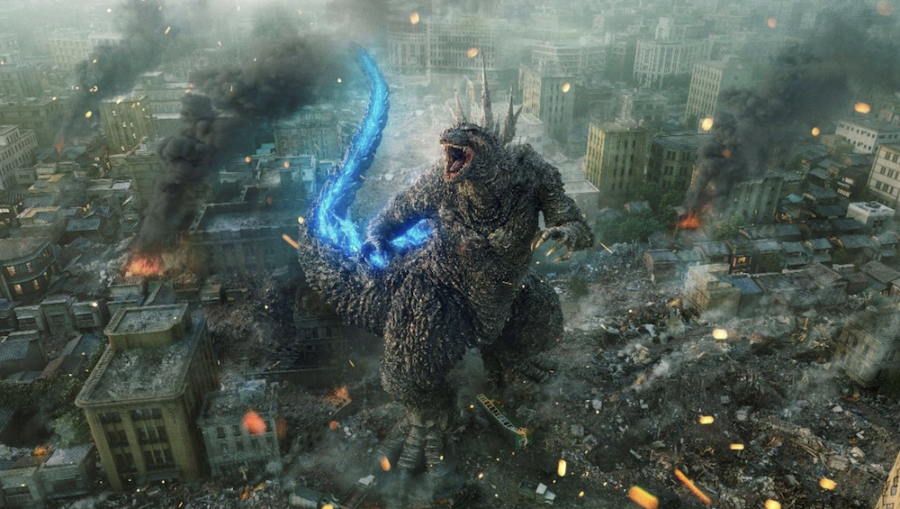
Toho’s Godzilla: Minus One achieved the rare feat of being a successful blockbuster that was made on a shoestring budget of $15 million, which makes bloated Hollywood budgets frankly look silly. However, as Collider points out, part of the reason that the film was able to operate on such a small budget is that Japan has labor laws that keep wages lower, meaning lower production costs. That doesn’t mean that there can’t be a good balance of making an incredible blockbuster while also providing fair pay to the artists who created it.
Godzilla: Minus One’s Budget Was Only $15 Million
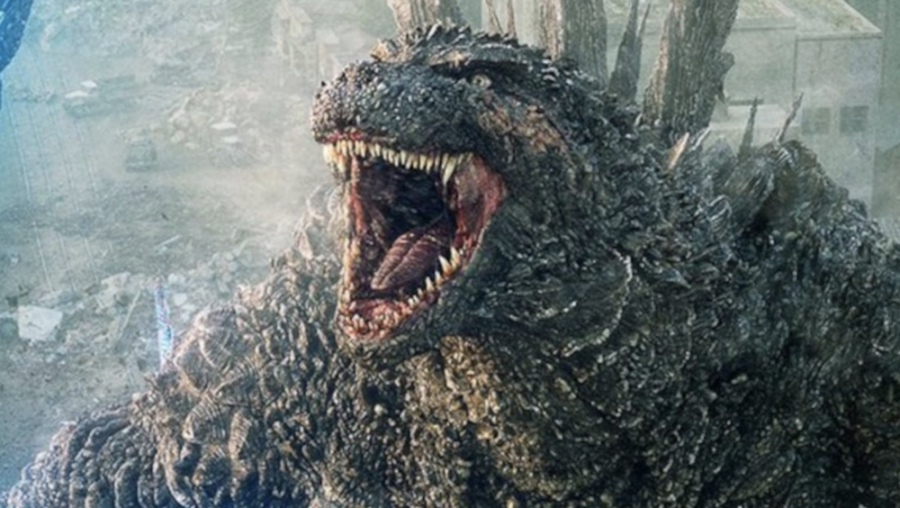
With that being said, $15 million for a movie like Godzilla: Minus One is still small, even when you factor in the lower wages. If the team behind the film received much higher wages, it’s easy to see a situation where the film could have been made for under $100 million, which is still much less than almost all Hollywood blockbusters. Undoubtedly, there are some lessons to be learned here from Toho’s latest monster film.
Hollywood’s CGI Problem
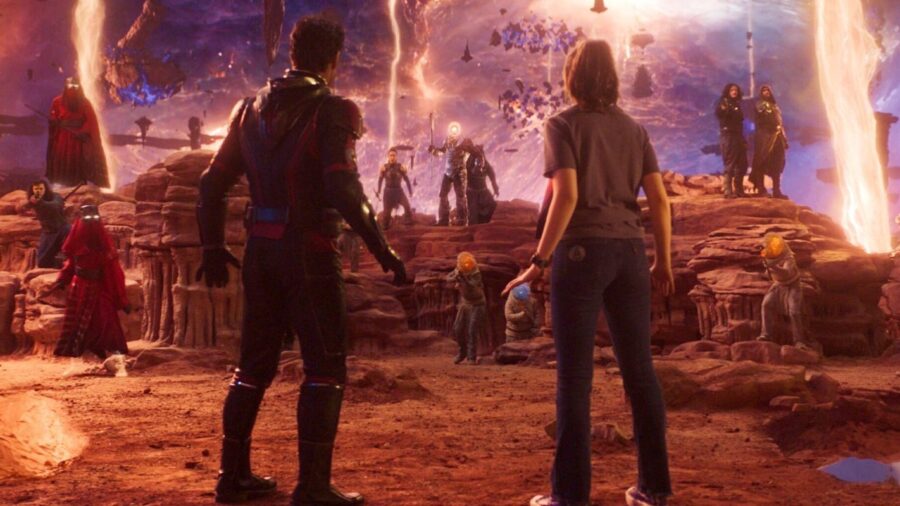
A common problem that has plagued Hollywood movies as of late is when they allow significant parts of the film, particularly the third act, to become huge CGI fests that begin to lose sight of the characters and story in favor of visual bombast.
Godzilla: Minus One was a film that goes back to what makes some of the best Godzilla films – a film where Godzilla is a force of nature while a human-centered story anchors the emotions of the film. That’s not to say that Minus One didn’t have spectacle – it did – it’s just that it used the spectacle sparingly and in a way that paid service to the story.
Godzilla Vs. Kong Cost $160 Milloin To Make

Compare Toho’s Godzilla: Minus One to Hollywood’s Godzilla vs. Kong in 2021, which cost around $160 million compared to Minus One’s $15 million. That’s a huge gulf, and Minus One is undoubtedly going to be seeing a much bigger profit since it costs so little to make. Meanwhile, Hollywood continues to release blockbusters lately that cost well over $150 million, making the budget much more difficult to recoup and leading to more bombs than outright successes.
Franchise Movies Overworked
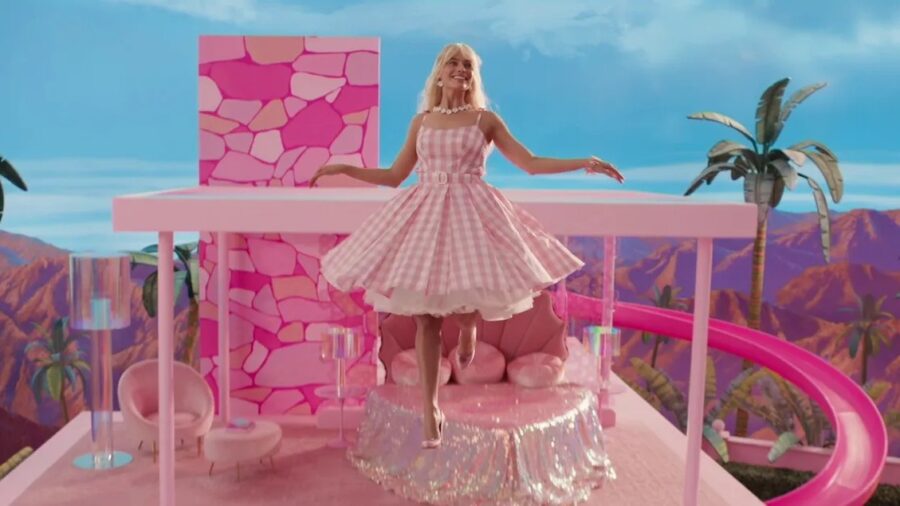
Godzilla: Minus One may also be proving the recent trend that moviegoers are ready to see more fresh content that is made by filmmakers rather than relying on franchise IP and formulaic storytelling. Hollywood could learn from its own recent successes in this respect, specifically films like this summer’s Barbie and Oppenheimer. While the top-notch casts of these films would have undoubtedly helped drive ticket sales, it’s safe to say that Barbie and Oppenheimer wouldn’t have become such critical successes if auteurs like Greta Gerwig and Christopher Nolan weren’t running the show.
Money + CGI Does Not = A Blockbuster Hit
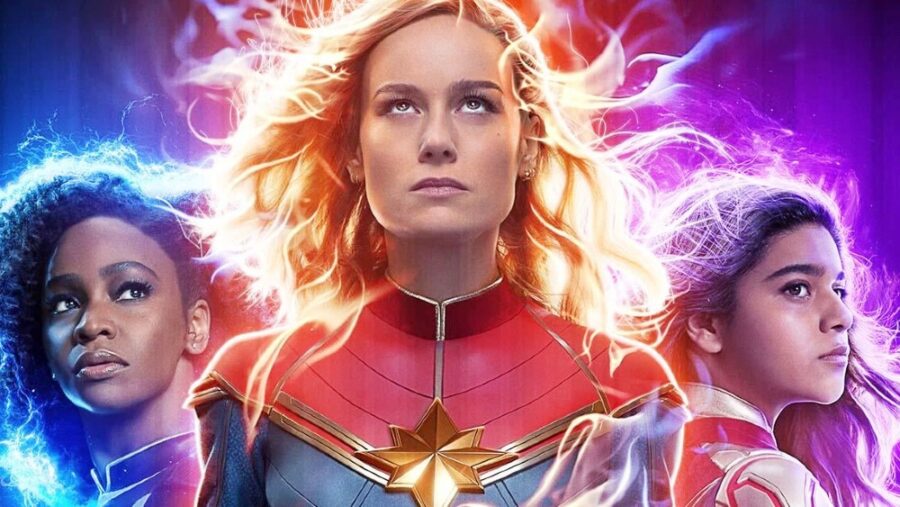
Godzilla: Minus One was definitely a film made by creatives who know the art of filmmaking. Despite limited resources, Takashi Yamazaki, who also has done extensive work as a visual effects supervisor, was able to make the most of his budget and create an amazing-looking film. One that made both Godzilla fans and casual moviegoers happy. The lack of a proper filmmaking union in Japan does pose a problem for creatives reaping the benefits of successes like this, but that doesn’t mean there aren’t better solutions.The key takeaway here is pouring money into production isn’t always the best way to create a great blockbuster. Hollywood can certainly learn some lessons from Godzilla: Minus One while also making sure everyone is paid fairly. Maybe it’s a shift in the industry we’ll see sooner than later.












